- 11 Historic Wildfires That Changed Fire Management Data Reveals - October 4, 2025
- The 1883 Krakatoa Event And Its Global Weather Effects Records Show - October 2, 2025
- How Scientists Use Climate Models To Forecast The Future - October 2, 2025
Trump’s Promise Falls Short as Electricity Bills Soar

Remember when Donald Trump stood on the campaign trail, boldly proclaiming he’d “cut energy and electricity prices in half within 12 months”? Well, that twelve-month mark is fast approaching, and American families are feeling the exact opposite in their monthly bills. Electricity prices across the United States have been climbing in 2025, despite President Donald Trump’s repeated pledges to reduce energy costs, with household energy costs rising at a rate more than twice that of overall consumer price inflation between June 2024 and 2025. It’s like promising to cure someone’s headache while simultaneously turning up the volume on a jackhammer.
Record-Breaking Energy Market Chaos
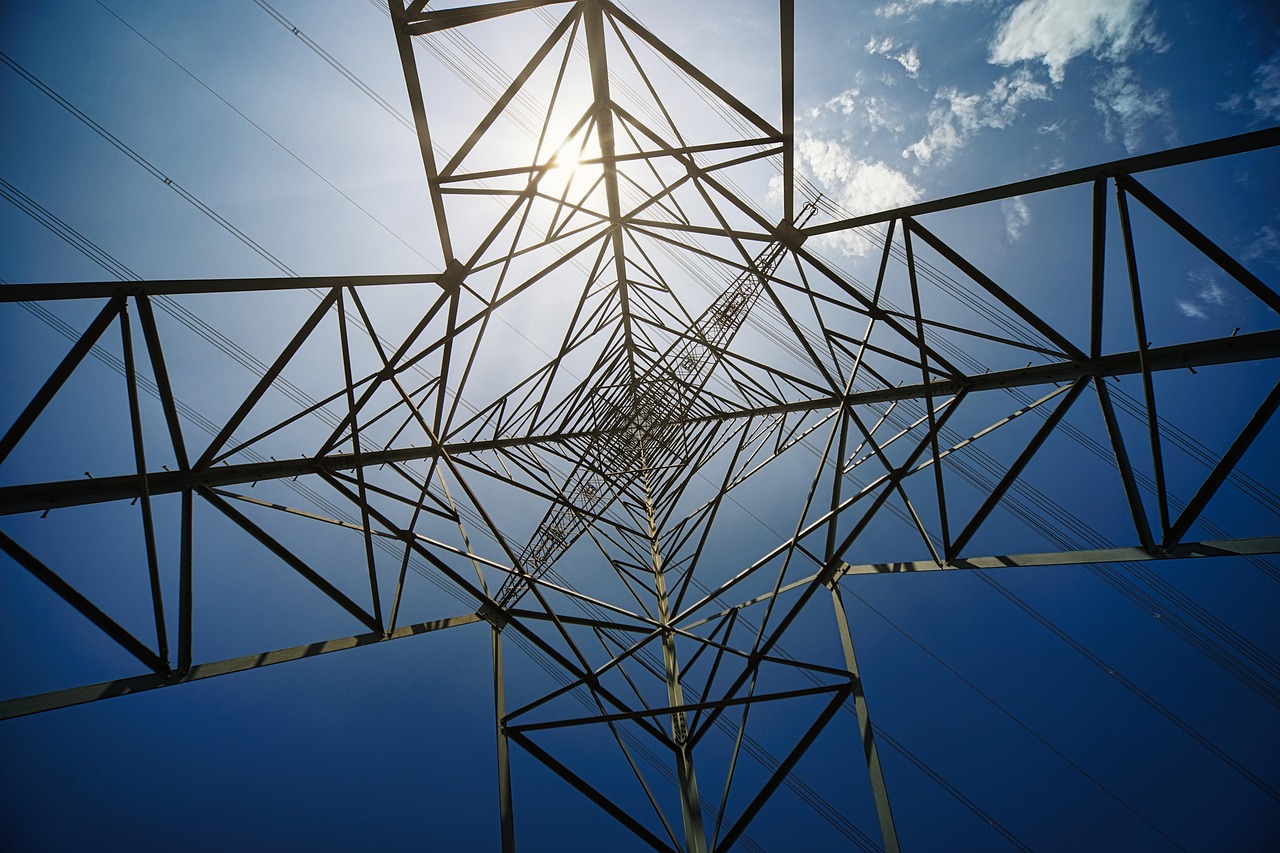
The Financial Times reported that electricity costs in the U.S.’s largest power market are set to hit a record high, driven by surging demand for AI data centers and delays in new power plant construction, with grid operator PJM reporting a 22 percent increase in procurement costs to $329.17 per megawatt-day, totaling $16.1 billion for the period from June 2026 to May 2027. Think of it as trying to squeeze more water out of a pipe that’s already at maximum capacity – something’s got to give, and that something is your wallet. Consumers may see their energy bills increase by one to five percent, depending on how utilities and states pass on the costs.
The Data Center Explosion Draining the Grid
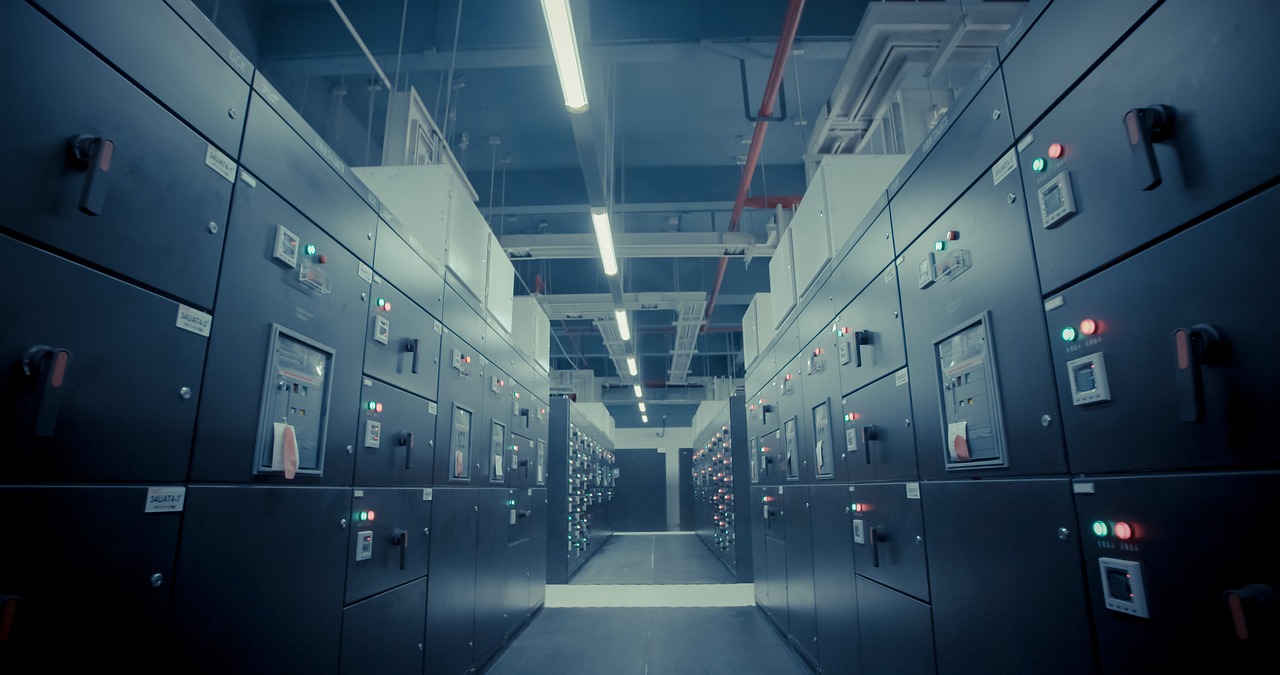
The culprit behind these skyrocketing costs isn’t your neighbor cranking up the air conditioning. Data centers were responsible for 63% of the increase in prices in the 2025/2026 auction, which translates to $9.3 billion in costs that will be recovered from customers across PJM in higher electric rates, meaning ratepayers across PJM are paying $9.3 billion more in just one year than they would have without data centers’ electricity demand. It’s like having a few gluttons show up to an all-you-can-eat buffet and clear out everything while everyone else goes hungry – except in this case, everyone still has to pay the full price.
Real Families Feeling the Pinch

In Washington D.C., for example, Pepco residential customers saw their bills go up by an average of $21/month starting in June 2025, with the D.C. Office of Consumers’ Counsel estimating that $10/month, or about half of this increase, is due to the spike in capacity market prices. For many working families, that twenty-one dollar monthly increase might mean choosing between filling up the car or grabbing groceries for the week. These aren’t abstract numbers on a spreadsheet – they’re hitting kitchen table conversations across America.
Trump’s Energy Emergency Declaration Backfires
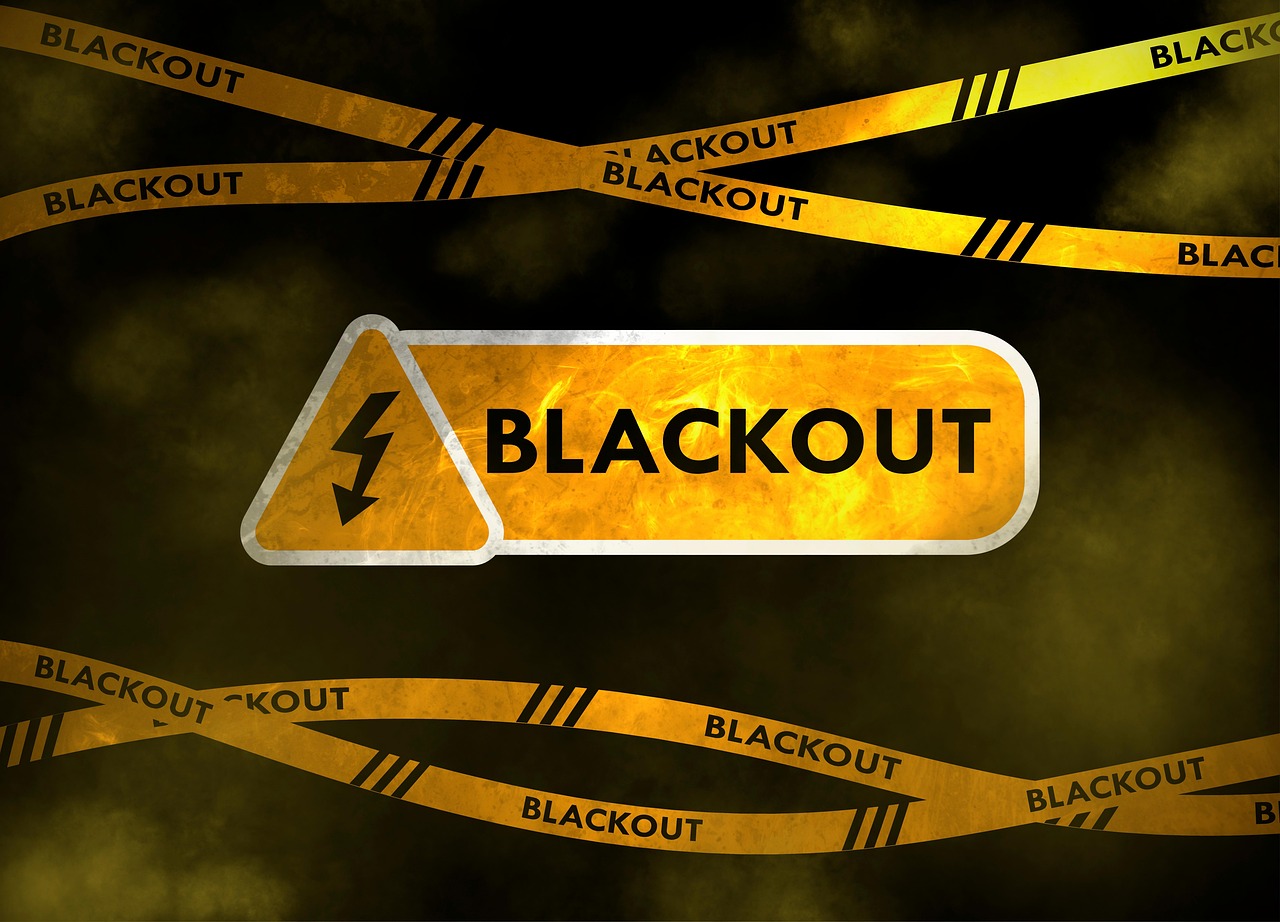
President Trump declared a “national energy emergency” to expedite the development of fossil fuel infrastructure on his first afternoon in office, on January 25, 2025. However, this move appears to be having the opposite effect of what was promised to voters. To address voter concerns over high fuel costs, the incoming Trump administration is poised to prioritize domestic oil production as a key pillar of its energy agenda, with these measures aiming to stabilize gasoline prices while creating jobs in the energy sector. The problem? Energy markets don’t respond overnight, and the demand surge is outpacing supply faster than a sports car running out of gas on the highway.
The Clean Energy Tax Credit Elimination Disaster
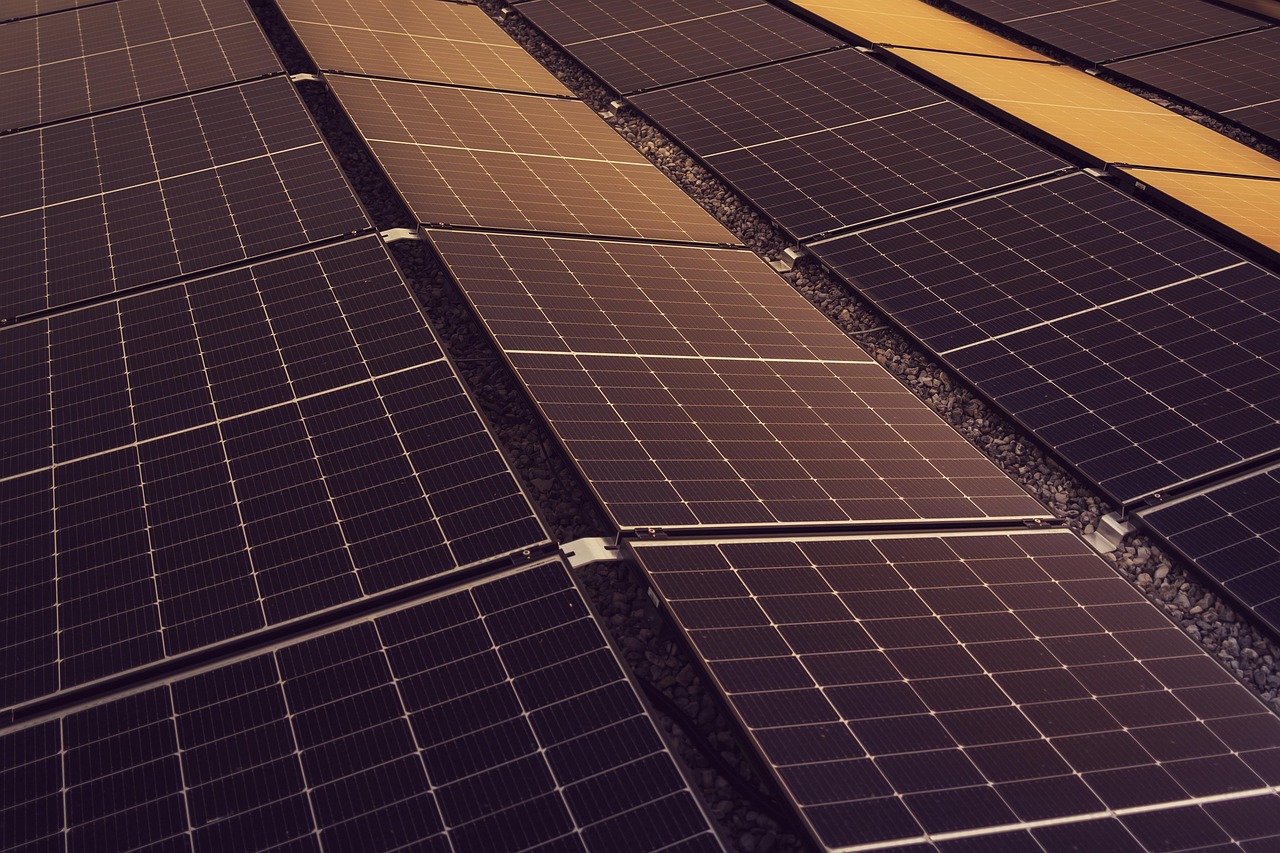
President Donald Trump and Republicans are phasing out tax credits that lower the cost to build wind and solar, which are now largely cheaper than fossil fuels like natural gas and coal, with more wind and solar on the electric grid helping keep utility bills lower. It’s like throwing away a coupon at the grocery store and then complaining about high food prices. When the clean energy tax credits phase out at the end of 2025, that will bump up electricity costs for ordinary Americans, largely because higher costs for clean energy development will slow the pace of new supply, just as U.S. energy demand hits record highs.
State-by-State Economic Impact Analysis
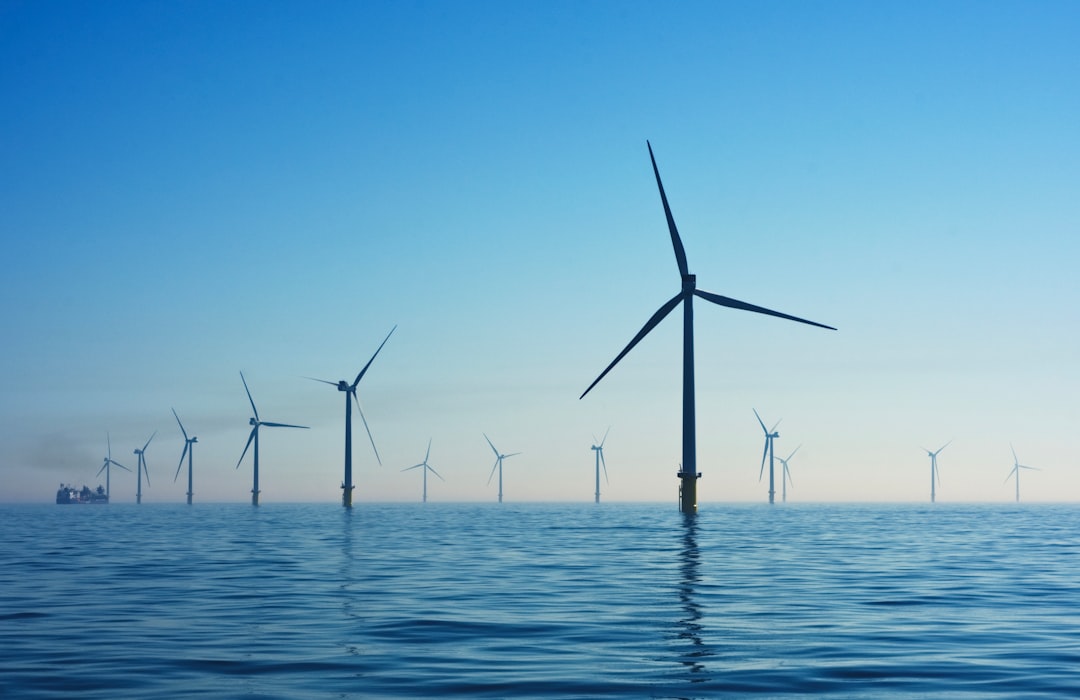
Oklahoma’s windy conditions, for example, make the state a prime candidate for powering wind turbines, which has historically allowed residents to benefit from cheap, clean energy, but without the tax break for new wind power infrastructure, the average household electricity bill in the state will rise by $540 by 2035. South Carolina, another state expected to see a 13% price hike in annual energy costs with Trump’s bill, generates a lot of its electricity from nuclear, with natural gas supplying much of the remainder, and stood to add a lot of solar to its electrical grid with tax incentives but would have to revert back to gas once those credits go away.
Democrats Seize the Political Opportunity

With the cost of electricity rising, Democrats see an opening to go on the offense ahead of the 2026 midterms, with congressional Democrats and left-leaning groups seeing an opening to go on the offense ahead of the 2026 midterm elections. “We know that this issue of rising utility bills is top of mind for voters and we know Republicans voted to raise their utility bills,” said Alex Witt, the senior advisor for accountability campaigns at Climate Power, with Climate Power focused on states that are already seeing electricity prices spike, including Pennsylvania, Ohio and New Jersey. It’s a classic case of political karma – promise one thing, deliver the opposite, and watch your opponents pounce.
The Elizabeth Warren Letter Campaign

A Wednesday letter led by Democratic Sen. Elizabeth Warren of Massachusetts to six of Trump’s cabinet secretaries asks administration officials to explain why they are cutting programs to help Americans pay for high energy costs, while passing a tax cut bill that eliminated incentives for cheaper forms of energy like wind and solar, with the letter signed by three other Democratic senators: Ed Markey of Massachusetts, Jeff Merkley of Oregon and Sheldon Whitehouse of Rhode Island. “Rather than keeping his campaign promise to ‘cut the price of energy and electricity in half,’ President Trump’s shortsighted approach to energy policy is driving prices higher and doing so quickly,” the letter reads.
Campaign Trail Strategy Taking Shape

Some Democratic candidates are eyeing a 2026 campaign strategy that targets Republicans for supporting provisions in their sweeping tax and spending law that analysts say may result in higher energy prices, with Democratic candidates working to win control of the House in next year’s midterm elections focusing on concerns about the cost of living – and rising energy costs are a key part of that argument. “In the conversation I’m having with folks on the ground, the No. 1 issue continues to be affordability,” said Richard Lamondin, a Democrat who owns an energy consulting firm and is challenging Republican Rep. María Elvira Salazar in South Florida.
Air War Already Heating Up

One group, Climate Power, which is aligned with Democrats, is airing an ad directly blaming Trump for higher energy costs, while Protect Our Jobs, which supports the clean energy industry, launched a series of ads even before the budget law’s enactment targeting vulnerable House and Senate Republicans who supported the tax and spending measure. “Here in America, we use a lot of energy,” the ad states. “So why on earth would Congress try to cut America’s clean energy production?” These aren’t just words on paper – real money is being spent to hold Republicans accountable for their votes.
Historical Context Shows Dire Trend
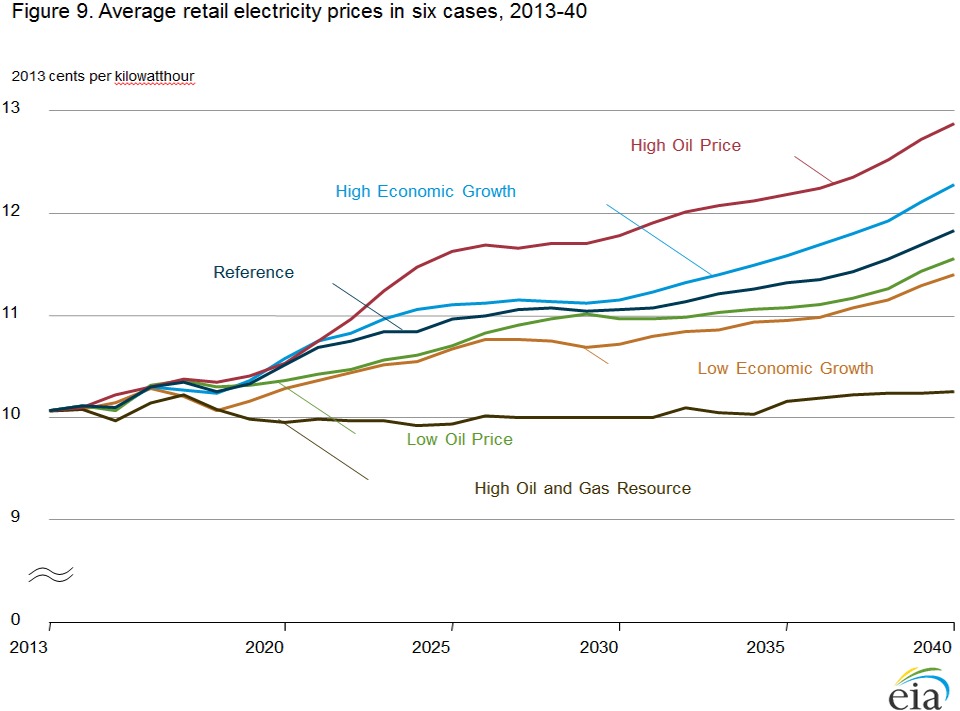
The annual average monthly residential electric bill in the U.S. has gone up from about $117 in 2020 to $138 in 2023, an increase of 18%, in nominal terms, meaning not adjusted for inflation, and the bulk of the increase occurred from 2021 to 2022, with last year’s average bill rising. In that 45-year period, prices have increased at an average annual rate of 2.9% and have only decreased year-over-year nine times, with electricity prices falling year-over-year once or twice every decade, but in the big picture, they will continue climbing at a steady rate. Like a slow-moving train that never stops, electricity prices just keep chugging upward.
The Republican Defense Strategy

Republicans start on the back foot, with recent surveys showing the bill is unpopular, even with pro-Trump cohorts, but GOP leaders say they have a plan to turn things around and make the legislation Trump signed into law last week part of an offensive push to protect their House and Senate majorities. This time around, Republicans say they will campaign on individual pieces of the bill that poll well and ignore the provisions that are less popular. It’s like trying to sell a car by only showing the shiny hood ornament while hiding the fact that the engine doesn’t work.
Looking Ahead to 2026 Battle Lines

Prices are still high despite Trump promising to bring them down, with economic approval having long been one of Trump’s consistent political strengths and now is not. In 2026, Democrats only need to win a handful of seats to take back the House majority, with midterms often favoring the party out of power and Democrats having increasingly done better with college-educated voters who also tend to vote more often in non-presidential elections. The stage is set for electricity prices to become the kitchen-table issue that could flip control of Congress.
Conclusion

The numbers don’t lie, and neither do the monthly bills hitting American mailboxes. Trump’s grand promise to slash energy costs has turned into a painful reality of rising electricity prices that are squeezing families from coast to coast. Democrats smell blood in the water and are already mobilizing a coordinated campaign to make Republicans pay at the ballot box for voting to eliminate clean energy incentives that could have kept costs down. With data centers gobbling up electricity capacity and clean energy tax credits disappearing, the perfect storm is brewing for 2026 to become the year when energy bills decide elections. The question isn’t whether electricity costs will be a major campaign issue – it’s whether Republicans can convince voters that their promises are worth more than the extra cash coming out of their pockets every month.

